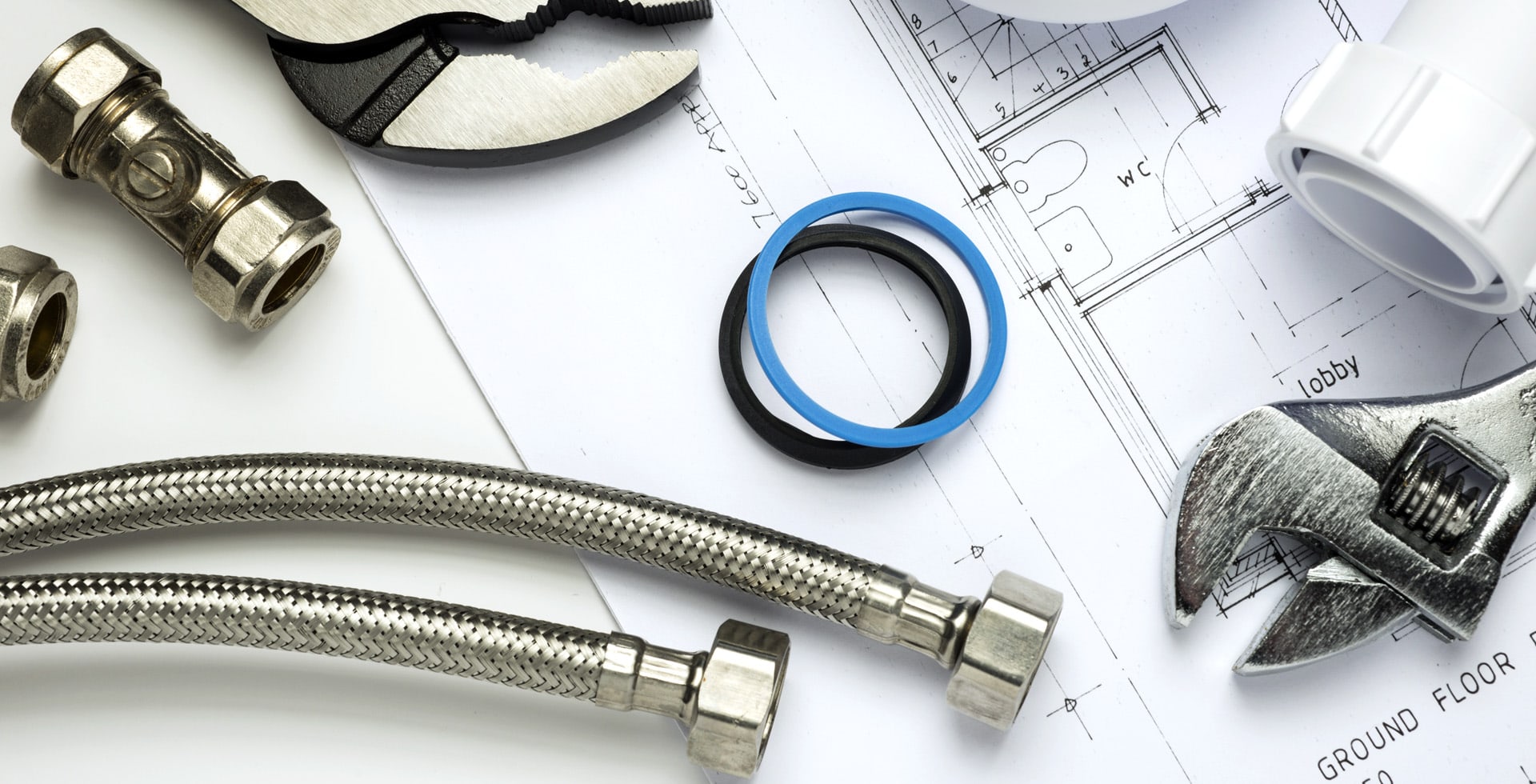“`html
Common Flooring Installation Mistakes to Avoid
Flooring installation is a significant home improvement project that can enhance the aesthetic appeal and value of your home. However, incorrect installation can lead to costly mistakes and dissatisfaction with the final outcome. This post outlines common flooring installation mistakes and provides tips to help you avoid them.
1. Skipping the Preparation Steps
Preparation is crucial for a successful flooring installation. Neglecting this step can lead to major issues down the line.
- Subfloor Assessment: Ensure the subfloor is clean, dry, and free of any debris. A damaged, uneven, or moist subfloor can compromise the integrity of your flooring.
- Acclimation: Allow your flooring materials to acclimate to the room’s temperature and humidity before installation. This is essential for materials like hardwood and laminate.
- Measuring Accurately: Measure your space accurately to avoid running out of materials or having too much left over. Double-check contours and edges.
2. Ignoring Manufacturer Guidelines
Every flooring material comes with specific installation guidelines provided by the manufacturer. Ignoring these can lead to problems with warranties and performance.
- Installation Method: Follow the recommended installation method – whether it be glue-down, nail-down, or floating. Each flooring type may require a different technique.
- Moisture Guidelines: Adhere to moisture specifications, especially for basements and bathrooms. Failure to do so can cause warping or mold growth.
- Flooring Type Specifics: Different materials—like carpet, hardwood, laminate, and tile—have unique installation requirements. Familiarize yourself with these before starting.
3. Poorly Managing Layout and Design
A well-thought-out layout can enhance the overall aesthetics of your flooring. Poor planning can alter the look and feel of the space.
- Direction of Planks: The direction of your flooring can affect the room’s perception. Typically, planks should run in the direction of the main light source or the longest wall.
- Consistent Transition: Make sure transitions between different types of flooring in adjoining rooms are seamless and consistent.
- Visual Patterns: Be mindful of patterns in your flooring design. Misalignment can create a chaotic look. Plan your layout to ensure harmony.
4. Neglecting the Importance of Underlayment
Underlayment plays a vital role in flooring performance, yet it’s often overlooked.
- Sound Absorption: Use underlayment to mitigate noise when walking on the floor. This is particularly important for multi-level homes.
- Moisture Barrier: Installing a moisture barrier under flooring helps protect against potential water damage.
- Added Comfort: Underlayment can provide additional cushioning and comfort underfoot, enhancing your overall experience.
5. Rushing the Process
Taking your time during the installation process is essential for achieving high-quality results.
- Allowing for Acclimation: As mentioned earlier, flooring materials need time to adjust to their surroundings. Rushing this step can lead to expansion or contraction post-installation.
- Careful Cutting: When cutting tiles or planks, take your time to ensure precision. Inaccurate cuts can lead to waste and a subpar appearance.
- Final Inspection: Once installation is complete, thoroughly inspect your work before considering it finished. Look for gaps, uneven spots, or mistakes.
6. Overlooking Expansion Gaps
Every flooring material expands and contracts with changes in temperature and humidity. Failing to incorporate expansion gaps can lead to buckling and damage.
- Perimeter Gaps: Leave adequate space around the edges of the flooring material, typically around 1/2 inch, to allow for expansion.
- Doorways and Transitions: Pay special attention to doorways and transitions to ensure gaps are appropriately addressed in these areas as well.
7. Using Incorrect Tools and Materials
Using the right tools and materials is vital for a smooth installation.
- Tool Selection: Invest in good quality flooring tools—like a flooring nailer, tile cutter, and measuring tools—to enhance efficiency and precision.
- Quality Materials: Avoid cheap materials that may not hold up over time. Quality flooring can improve durability and aesthetics.
8. Ignoring Safety Protocols
Safety should be a priority during flooring installation. Neglecting safety can result in accidents or injuries.
- Personal Protective Equipment: Always wear appropriate safety gear such as gloves, goggles, and knee pads while working.
- Ventilation: Ensure proper ventilation, especially when working with adhesives, to avoid inhaling harmful fumes.
Conclusion
By being aware of these common flooring installation mistakes, you can streamline your project and achieve the desired results. Proper preparation, adherence to manufacturer guidelines, careful planning, and a commitment to quality are key components in ensuring your flooring installation is successful. Take your time, do your research, and don’t hesitate to seek professional help if needed. Happy flooring!
“`

